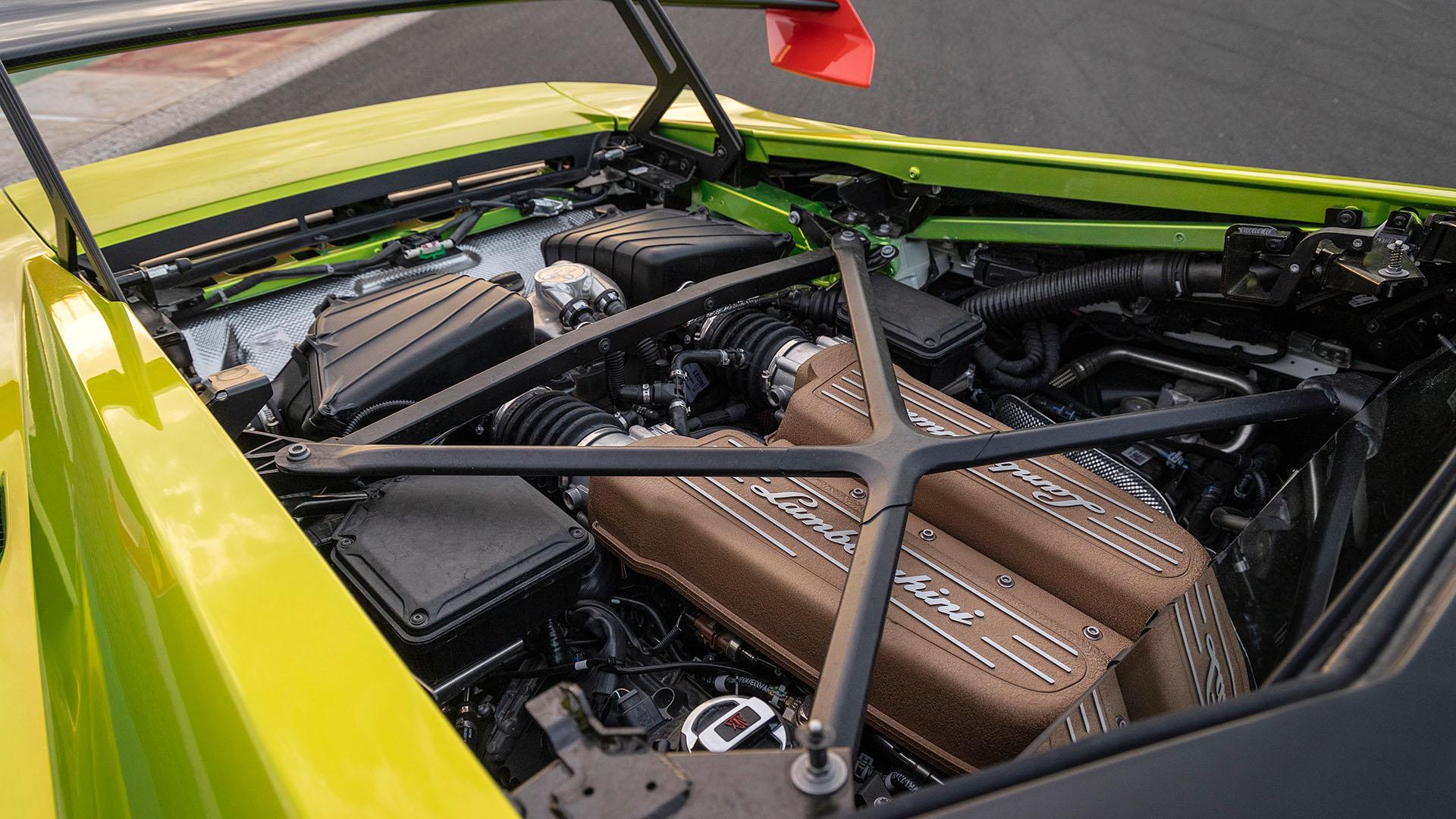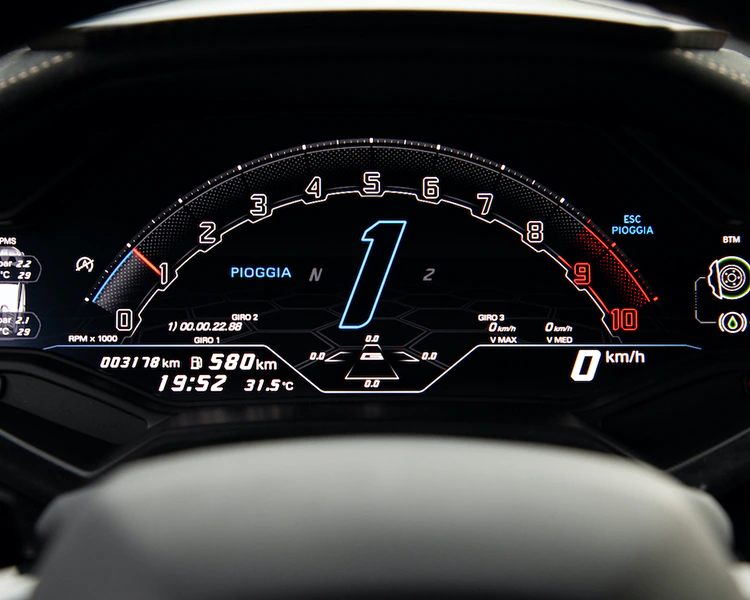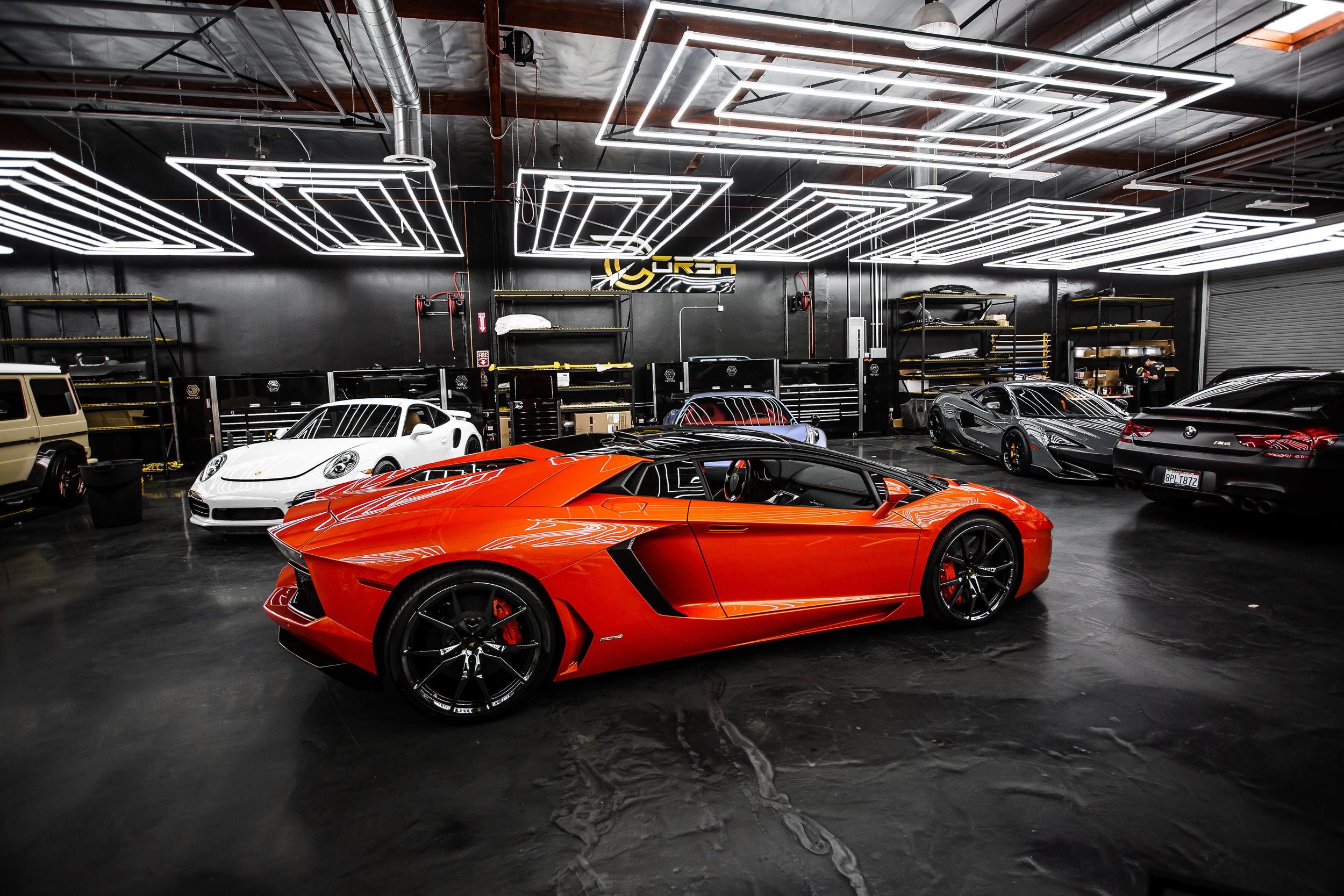Lamborghini, a brand synonymous with Italian craftsmanship, has a penchant for producing engines that are both technologically advanced and soul-stirring. Among them, the V10 stands out for its remarkable blend of performance and melody. For those who marvel at mechanical wonders, the Lamborghini V10 engine offers much to captivate the imagination.
History of Lamborghini V10 Engine
The tale of the Lamborghini V10 began in the early 2000s when the company sought to launch a more “accessible” supercar positioned below the flagship V12 models. The result was the Gallardo, which debuted in 2003, and with it came the birth of Lamborghini’s V10 powerplant. This engine was developed to offer high performance while being compact and lighter than the V12, fitting the needs of the new supercar.
Over the years, as technology and automotive engineering practices evolved, the V10 underwent refinements to remain at the forefront of performance standards. With each iteration, Lamborghini incorporated the latest tech, ensuring the engine’s relevance and appeal to the ever-demanding automotive world.
Which Lamborghini Offers a V10?
Lamborghini’s journey into the V10 realm commenced at the turn of the 21st century. With a goal to launch a supercar that was both agile and accessible, the company embarked on crafting a new powerplant. The V10 was envisioned to be compact and lightweight, ensuring the agility and responsiveness synonymous with the Lamborghini ethos. The result was the introduction of the Gallardo in 2003. It was a departure from the brand’s famed V12 models but became an instant classic in its own right.
The Gallardo Era
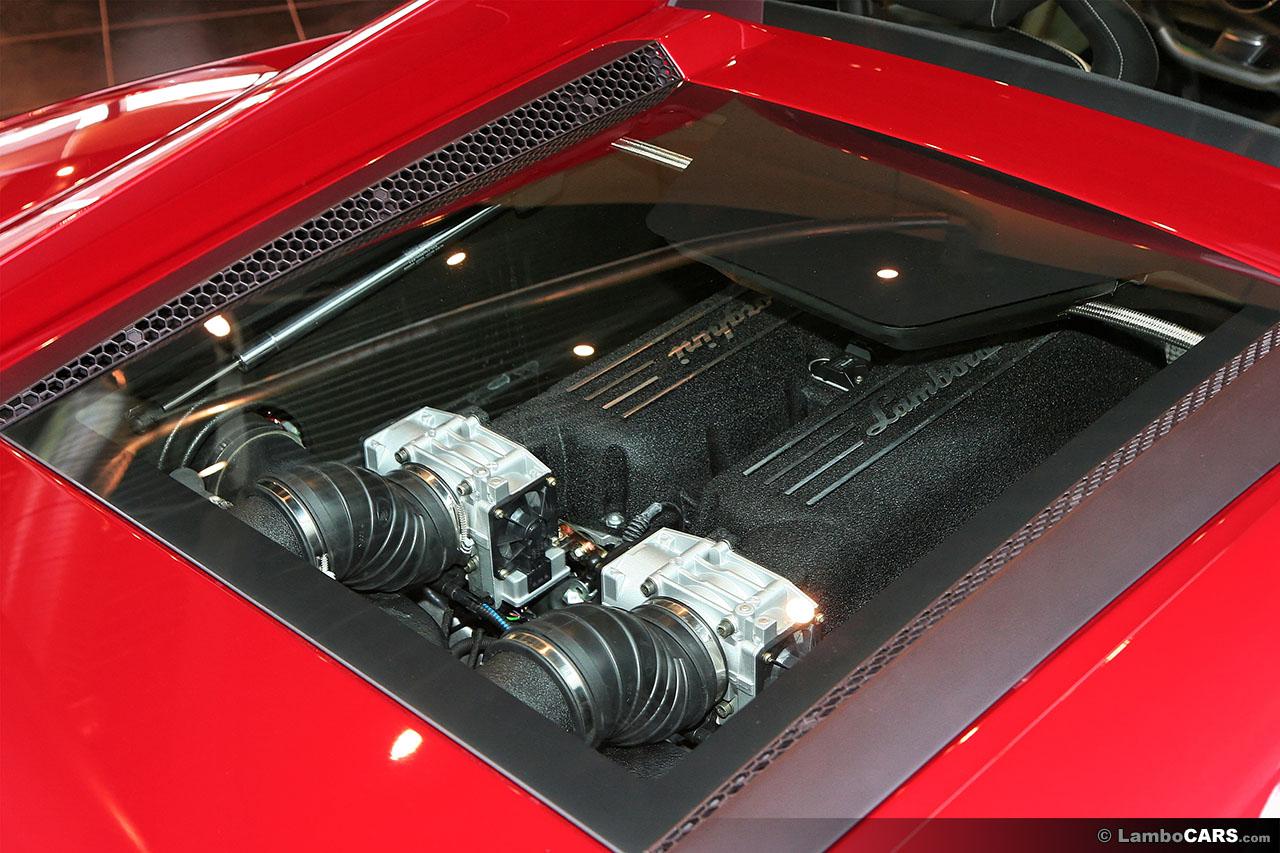
The Gallardo, produced from 2003 to 2013, was pivotal in establishing the reputation of the V10 engine. Throughout its production cycle, the Gallardo saw several updates and special editions, each refining and honing the performance of the V10. Over a decade, this model became Lamborghini’s best-selling vehicle, a testament to the engine’s reliability, performance, and desirability.
Special Editions and Concept Cars
- Sesto Elemento: Unveiled in 2010, the Sesto Elemento was a testament to Lamborghini’s engineering prowess. Meaning “Sixth Element” (referring to carbon, the atomic number 6), the vehicle was an extensive study in carbon-fiber usage, resulting in a car that weighed a mere 999 kilograms. The V10 in this machine was tuned to provide 570 horsepower, ensuring a 0-60 mph time of just 2.5 seconds.
- Egoista: Introduced in 2013 as a tribute to Lamborghini’s 50th anniversary, the Egoista was a single-seater spectacle. Inspired by aviation and fighter jets, it had a unique cockpit design. Nestled within this radical vehicle was the familiar V10, allowing for a performance as striking as its appearance.
- Asterion LPI 910-4: This 2014 concept car was a departure from Lamborghini’s traditional design language. Not only did it sport the V10 engine, but it was also paired with three electric motors, making it Lamborghini’s first plug-in hybrid. The combined output was a staggering 910 horsepower, bridging the worlds of raw, natural aspiration with electric efficiency.
The Huracán Chapter
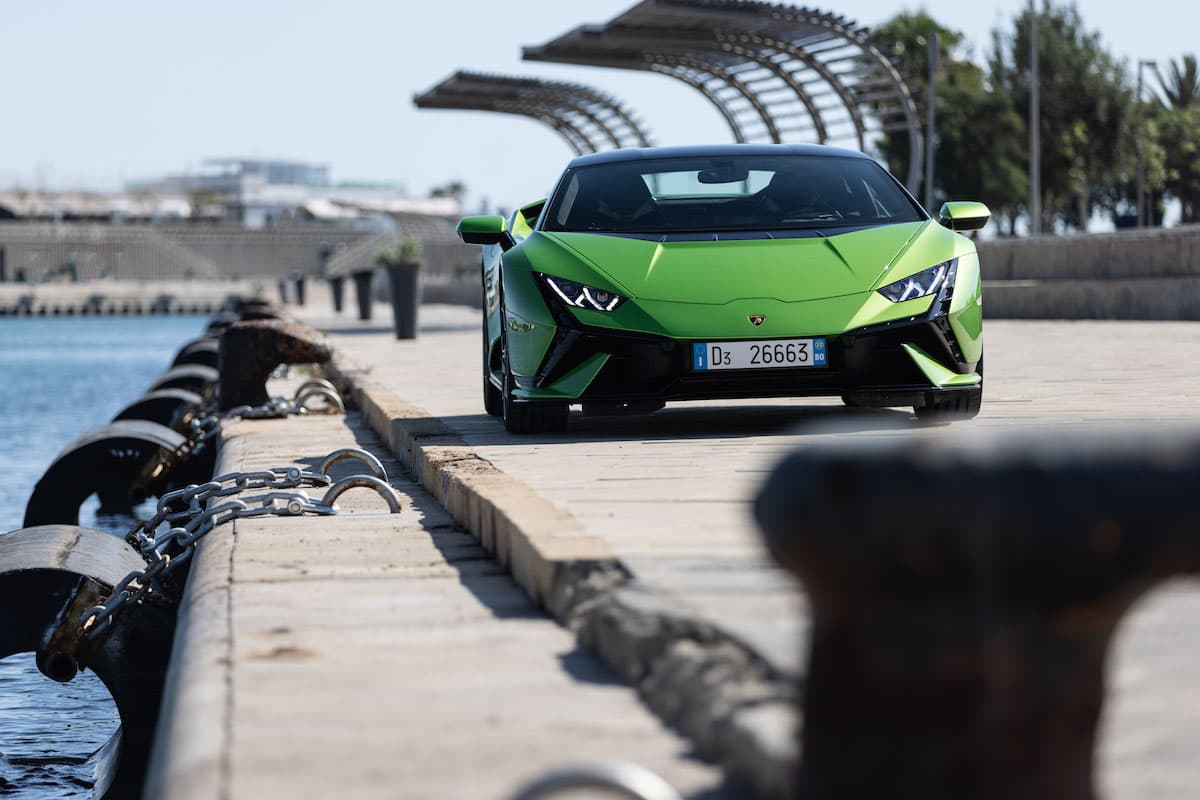
Post-Gallardo, the Huracán took the mantle in 2014, building upon the V10’s legacy. It was more refined, more technologically advanced, and brought the V10 into a new era. With multiple versions and trims introduced over its production run, the Huracán showcased how adaptable and resilient the V10 engine was.
V10 Engines Beyond Lamborghini
- Audi R8: Sharing its underpinnings with the Lamborghini Huracán, the Audi R8 also sports a V10. This is no coincidence, given that Lamborghini is part of the Volkswagen Group, which also owns Audi. The R8’s V10, especially in its higher trims, shares many characteristics with the Lamborghini V10, including its 5.2-liter displacement and naturally aspirated design. Audi’s implementation, however, is often tuned for a slightly different character, blending both luxury and sport.
- BMW: M5 (E60 generation) and M6 (E63/E64 generation): Between 2005 and 2010, BMW’s M division developed a V10 for its M5 and M6 models. The S85 engine, a 5.0-liter V10, was a departure from BMW’s traditional inline configurations. Renowned for its high-revving nature, it delivered 507 horsepower and remains one of the most iconic powertrains in the brand’s history.
- Dodge Viper: The Dodge Viper is synonymous with its V10 engine. Initially developed in collaboration with Lamborghini (back when Chrysler owned Lamborghini), the Viper’s 8.0-liter V10 was a behemoth, prioritizing raw power over refinement. Over the years, the engine’s displacement increased to 8.4 liters, always retaining its raw, American muscle character.
- Porsche Carrera GT: One of the most revered supercars of its time, the Porsche Carrera GT, was powered by a 5.7-liter V10. Originally developed for racing, the engine found its way into the road car, producing 612 horsepower and offering a sound that was distinctively different from Porsche’s traditional flat-six engines.
- Lexus LFA: Lexus’s foray into the supercar world brought forth the LFA, a car as renowned for its technological advancements as its unique exhaust note. Powered by a 4.8-liter V10, it was engineered in collaboration with Yamaha. The engine was designed for quick revving, reaching its redline incredibly fast and producing 552 horsepower.
Lamborghini V10 Engine Specs
Basic Configuration and Design
At its core, the Lamborghini V10 boasts a 90-degree V angle, a layout meticulously chosen for several reasons:
- Compactness: The 90-degree V10 fits snugly within the mid-engined layout of the supercars it powers, ensuring optimal weight distribution and a low center of gravity.
- Balance: Such an angle offers inherent balancing characteristics, which reduces the need for additional balancing shafts. This leads to fewer moving parts and, subsequently, less parasitic loss.
Displacement and Bore/Stroke
The V10 engine typically sports a 5.2-liter displacement. An essential component to consider here is the bore and stroke ratio:
- Bore: Measuring around 84.5 mm, the bore dimension relates to the diameter of the cylinder. A wider bore allows for larger valves, ensuring optimal air and fuel mixture ingress and exhaust gas egress.
- Stroke: With a measurement close to 92.8 mm, the stroke determines how far the piston travels within the cylinder. A longer stroke generally equates to more torque, given the increased leverage on the crankshaft.
Induction and Fueling
The engine operates as a naturally aspirated unit. Its intake system is carefully tuned to draw in as much air as possible, especially at high RPMs:
Direct and Indirect Fuel Injection: One of the standout features of this engine is the combination of both direct and indirect fuel injection systems. Direct injection introduces fuel directly into the combustion chamber, optimizing power and efficiency. Indirect injection, on the other hand, sprays fuel into the intake manifold. The blend of both methods ensures a broader powerband, enhanced throttle response, and improved fuel efficiency under varied driving conditions.
Valvetrain Configuration
Lamborghini’s V10 incorporates a dual overhead camshaft (DOHC) design with four valves per cylinder:
- DOHC: The advantage of having two camshafts (one controlling intake valves and the other controlling exhaust valves) is the ability to optimize timing for both separately, thus enhancing engine efficiency and power delivery.
- Variable Valve Timing: Integrated into the V10 is a variable valve timing system, adjusting the opening and closing of valves based on driving conditions. This ensures optimal performance, whether one is cruising on a highway or pushing the car to its limits on a racetrack.
Exhaust System and Sound Engineering
Beyond performance, the V10 is revered for its distinctive exhaust note. This sonic signature is achieved through:
- Exhaust Manifold Design: The layout and length of the exhaust manifold tubes play a crucial role in shaping the sound. The V10’s design aims to balance performance (through efficient exhaust flow) with a captivating auditory experience.
- Resonators and Mufflers: These components are tuned to attenuate or amplify specific frequencies, ensuring that the V10’s roar remains unmistakable and exhilarating without being overwhelmingly loud.
Lamborghini V10 Sound
Conclusion
The Lamborghini V10 engine stands as a testament to the brand’s commitment to balancing tradition with innovation. By maintaining a naturally aspirated configuration in an age of forced induction, Lamborghini has retained a distinct character in its V10-powered machines. For enthusiasts and engineers alike, this engine, with its blend of technical proficiency and emotive appeal, remains a topic of admiration and study. As automotive narratives go, the story of the Lamborghini V10 is undeniably compelling.

